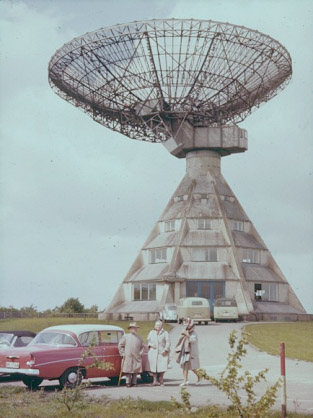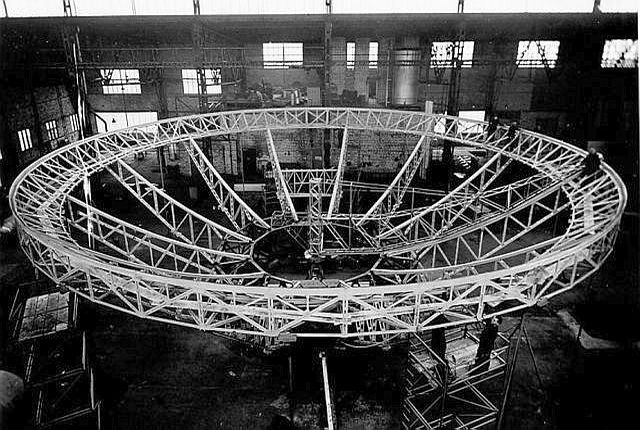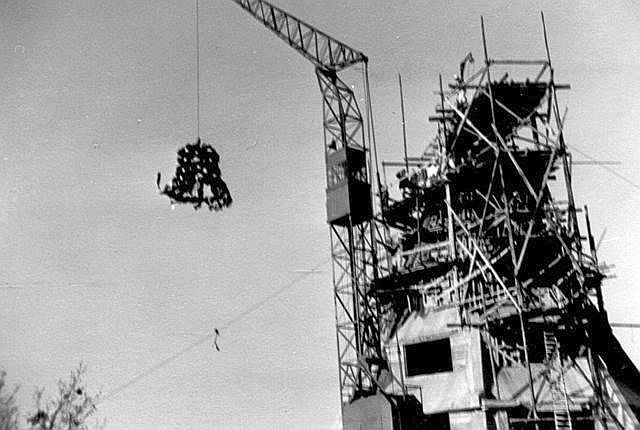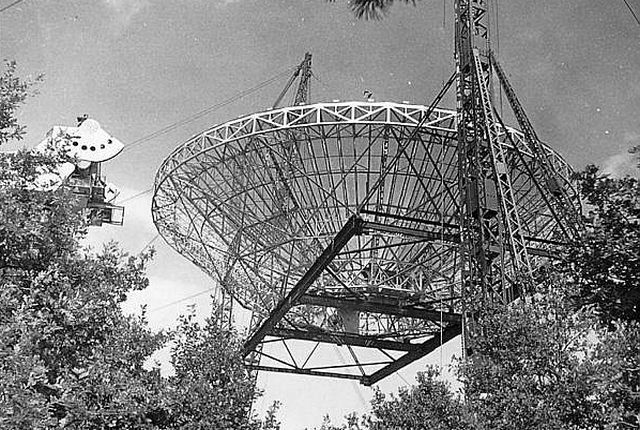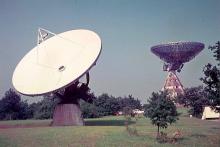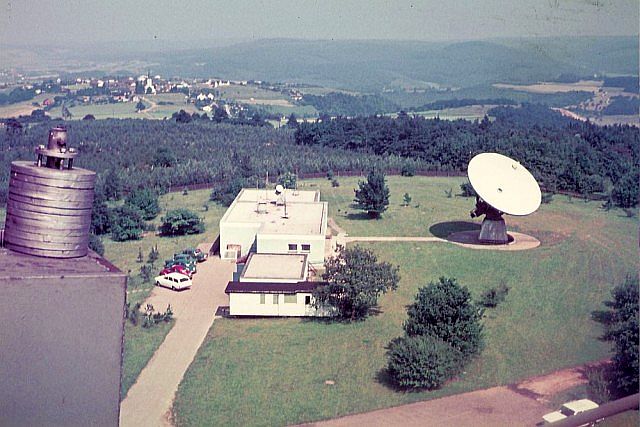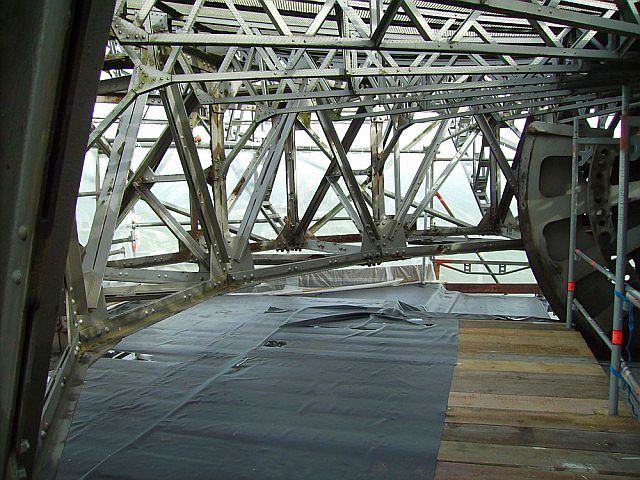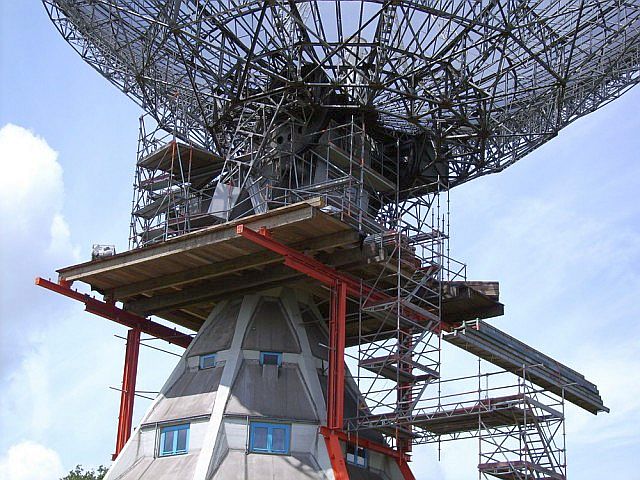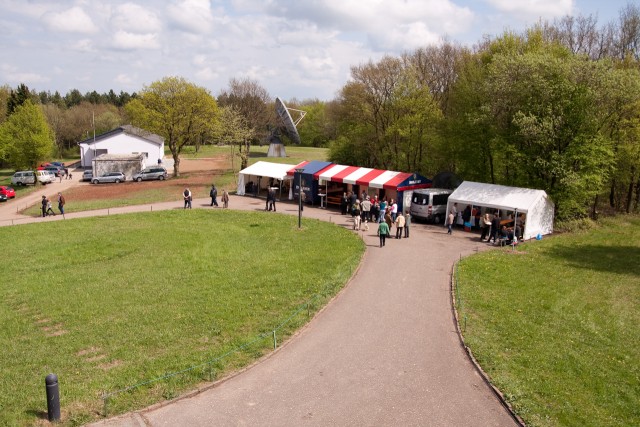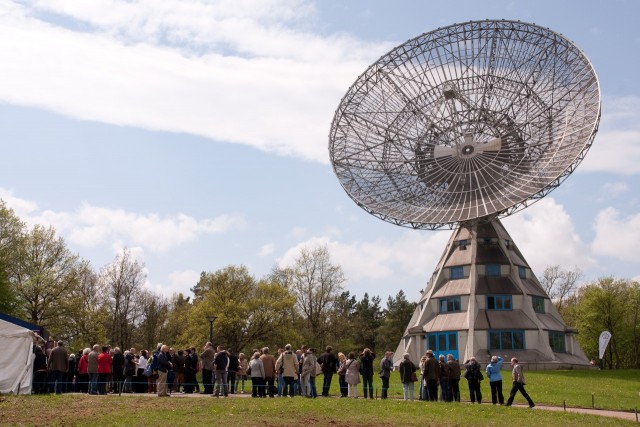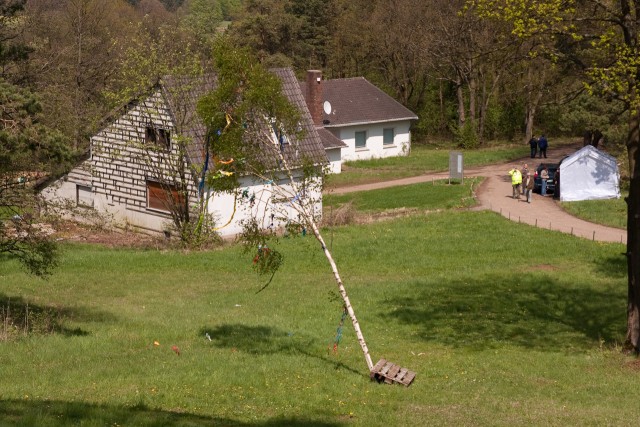The beginning of radio astronomy
More than 400 years have passed since Galileo Galilei first observed the stars with a telescope. In contrast, radio astronomy – as a branch of astronomy – is a fairly young science: 1933 saw the first reception of interstellar radio emissions. At the time, Karl Jansky was investigating interference in the transmission of radio waves and discovered, rather by coincidence, radio waves from the centre of our Milky Way.

